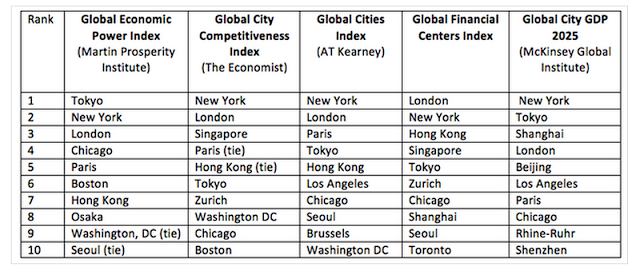Dear Alums,
I'm looking for a good, professional babyproofing company to babyproof my apartment in Manhattan. I would appreciate recommendations.
Thank you.
K____
Response:
Dear K____,
In response to your request for recommendations of a professional babyproofer in Manhattan:
It is actually quite simple to keep babies out of your apartment; you really don't need a professional company to help you. Babies, particularly the younger ones, are not very mobile, so a low physical barrier is sufficient; you don't even need to have your door closed. As they get older and enter the toddler stage, they do become more clever at outwitting adults; but simple precautions such as locking your door and keeping the windows shut work fine, in my experience.
More elaborate precautionary measures, such as moats with a drawbridge, rings of fire, tiger traps, etc, while recommended by experts, are unnecessary, at least with Manhattan babies. Babies from the outer boroughs can be more aggressive about finding their way into your apartment, however.
If you do find yourself with babies getting into your apartment, crawling around on the carpets, eating your food and leaving traces of it on the floor, etc, check with your neighbors: are they having problems as well? Ask your building superintendent: supers are often able to provide free useful advice.
Sometimes, folks have no problem with babies until they take a long trip: then they return to find several babies crawling around the floor. Don't worry, babies will be kept away by the noise one makes throughout the day, and this isn't likely to recur as long as you are around.
If you are having problems with young children getting into your apartment, then that is an entirely different matter. Finding a "school" or some "activities" can help keep the children out of the house during the day, but they typically return to the apartment at night. I should know. My wife and I have three children running around, and the professionals that we've consulted tell us that it may take up to eighteen years before we're able to get them out of the house.
Best of luck with your babyproofing,
Will






